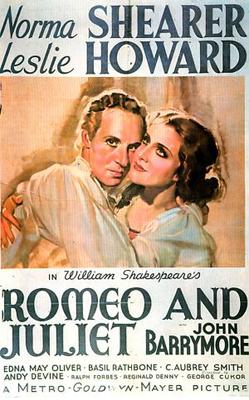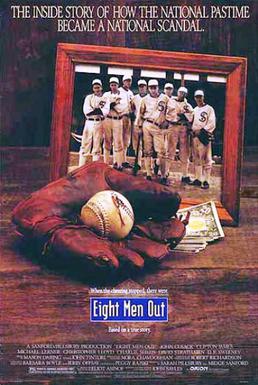Slightly
Dangerous (1943)
Directed by Wesley Ruggles
Screenplay by Charles Lederer and
George Oppenheimer
Runtime: 1 hr, 34 min
I’m
sure that all of us have fantasies about being rich and famous at some
point. During a boring day in class or
at work, our mind wanders off into a land where we’re secretly the long lost
relatives of some rich family. What a
perfect escape from humdrum suburban existence, am I right? Yet most of us rightly put those fantasies
away, rather than indulging in them and letting the idea dominate our existence. Slightly
Dangerous, however, dives right into that particular daydream, and the
result is a sickening and unconvincing mess.
Our
star is Lana Turner, who plays small town soda jerk Peggy Evans. Her job is so easy that she can literally
perform her tasks blindfolded, and she is explicitly fed up with her life with
a man and aspirations. When the new
manager of the shop, Bob (Robert Young), calls her into his office for her
blind soda jerking, she snaps and runs off to the city. Shortly after arrival, she gets hit on the
head with a paint can, and fakes having amnesia. Long story short, she convinces everyone that
she is Carol Burden, the long lost daughter of soap tycoon Cornelius Burden
(Walter Brennan).
Honestly,
when Peggy first got to the city, I thought the movie had an interesting thread
going for it. Peggy is in the midst of
an identity crisis and desperately wants to reinvent herself. The first thing she does is blow all her
money on a new outfit and her inner monologue spends a long while trying to
come up with a new name. It’s a picture
trying to superficially escape from their small town life. It presents someone who is not in a sound
mental state, and could be fertile ground for a psychological exploration. Yes, I thought that this film could have been
deep.
Oh,
how quickly I was proven wrong. Not
thirty seconds after I started thinking, Peggy is hit with a falling paint can,
and the identity crisis angle is quickly painted over. Once Peggy has convinced Cornelius and the
nanny (May Whitty) that she is Carol, the thematic undertones the movies had
been building up are thrown aside, and a mere trifle begins: scenes at the
philharmonic and dances with fellow socialites ensue. What could have been an interesting character
study with comedic elements is abandoned in favor of simple wish fulfillment.
Now,
I will say that the way in which Peggy “becomes” Carol is actually pretty
clever. She has to pick out Carol’s
favorite toy from the playroom; she’s got a one-in-one-hundred chance of
guessing correctly. Yet Peggy is able to
mentally narrow down the possibilities, since she learned that it was kept in a
small safe. Granted, this briefly turns
what was supposed to be a comedy in a Donald Sobol story, but I will give the
filmmakers credit for writing and filming a fairly interesting and suspenseful
sequence.
However,
the implications of the scene are what get under my skin. See, Peggy’s actions are wholly unethical;
she knows that she is not Carol, yet she continues with the charade because she
is afraid of going to jail if she confesses.
Had she just stumbled into this position out of sheer luck, then the
resulting sequences would have carried the necessary overtone that this is
wrong. But because Peggy guesses the toy
correctly, it is as if she earned
living the lie. She’s deceiving other
people, and the film implicitly rewards her for it.
It
is rare that I harp on the morality of a movie so much, but in this case, the
ethical implications override all other considerations for me. It’s a shame, really, because there are some
good elements to Slightly Dangerous. Walter Brennan turns in a hearty performance
as Mr. Burden; his facial expressions demonstrate the years of frustration and
sorrow along with the sudden bursts of joy at finding “Carol”. Of course, thinking of his performance
immediately makes me think of how horrible a person that Peggy is.
Or
there are the scenes in the soda fountain, which feature brief but memorable
encounters with customers and a lively atmosphere as Peggy wows customers with
her blindfolded sundae making bit. It is
fun to watch, but at the same time carries an oppressive tone in just how
bright it is. Yet even those scenes are
sullied by the central immorality. After
hearing rumors that Peggy drowned herself, all the workers go on a blindfolded
strike. They of course don’t know about
her dealings in the city, but it reinforces the notion that Peggy’s actions are
justified.
In
the end, yes, I can’t get past the main character’s lack of ethics. Well, I could—if the film didn’t condone
it. Really, this is wish fulfillment in
the extreme. Yes, viewer, you too are
trapped in a world which doesn’t appreciate your obvious talents. You too can leave everyone back home worried
about your safety and lie to long grieving parents so that you can live out
your fantasies and escape your small town ennui. And you too won’t have to worry about any
real repercussions—because you deserve
that lifestyle. Lord, is this movie
is detestable…



